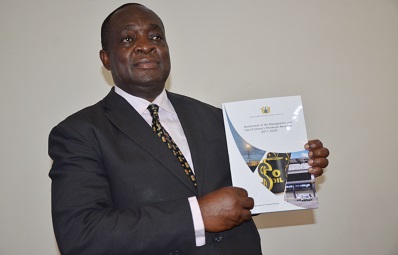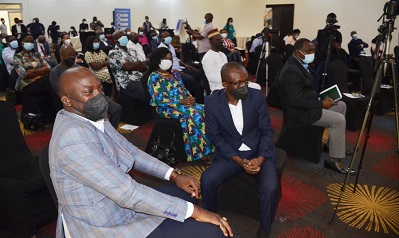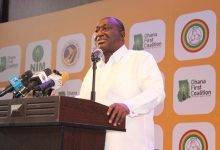
Ghana has so far earned a total of $6.55 billion in petroleum receipts since it discovered oil ten years ago ( 2011 – 2020), an assessment by the Public Interest and Accountability Committee (PIAC), has revealed.
Carried and Participating Interest (CAPI) generated the highest share of $3.81 billion (58 per cent); followed by royalties at 1.64 billion (25 per cent) and then corporate income tax at $1.08 billion (17 per cent).
The remaining amount was covered by other smaller income receipts including gas receipts, income (interest) earned on the Petroleum Holding Fund (PHF), and price differentials/other income.
This was contained in a report titled “Assessment of the management and use of Ghana’s Petroleum Revenues (2011-2020)” which captures how the country’s petroleum resource has been utilised over the 10-year period since oil was discovered in commercial quantities.
Launched in Accra yesterday, it was compiled in line with Ghana’s Petroleum Revenue Management Act (PRMA), 2011 (Act 815, as amended by Act 893) and Petroleum Revenue Management Regulations, 2019 (L.I. 2381).
It was carried out by Stobe Law Limited, with funding from the State Secretariat for Economic Affairs of Switzerland through the Governance for Inclusive Development programme of GIZ.
Presenting the highlights of the PIAC Chairman, Professor Kwame Adom-Frimpong, said cumulatively, about $31.22 billion of value had been generated from all of Ghana’s three producing fields, comprising both entitlements due to the contractor parties and the Ghana Group.
Regarding the $6.55 billion petroleum receipts, he said, in order to improve revenue contribution from CAPI, the country should review costs submitted by the operators since it had a direct impact on net proceeds available to the nation.
On the allocation of the amount, he said, the Annual Budget Funding Amount (ABFA) was allocated the highest amount of $2.6 billion (40 per cent) over the period; followed by Ghana National Petroleum Corporation (GNPC) $2.0 billion (30 per cent).
He said the Ghana Stabilisation Fund (GSF) received US$1.39 billion (21%) of total revenues, whereas the Ghana Heritage Fund (GHF) received US$586 million (9 per cent), adding that the allocations were broadly consistent with the PRMA.
Prof. Adom-Frimpong said out of the 18 petroleum agreements with oil companies since 2000, three producing fields; the Jubilee, Tweneboa-Enyenra-Ntomme (TEN) and Sankofa-GyeNyame (SGN), accounted for petroleum revenues as of end-2020.
He said Ghana’s crude oil output had increased from 3,236 barrels of oil equivalent per day (bopd) with first oil in December 2010 to 183,361 bopd as of December 2020.
The Chairman of PIAC said three of the oil fields peaked in 2019 at an annual output of 71,439 barrels before commencing a decline to 66,926 barrels in 2020.
“Production will continuously decline if nothing is done through new in-fill developments on these existing fields or new fields coming on-stream”, he said.
Professor Adom-Frimpong said generally, various institutions in the sector had made satisfactory progress in implementing the relevant provisions of the PRMA.
He said one of the major recommendations was that the PRMA needed to be amended to among other things to provide a legal requirement for enhanced transparency and effective accountability for unutilised ABFA balances.
The Deputy Minister of Energy, Andrew Egyapa Mercer, noted that the amount earned by the government was insufficient and indicative of the need for the government to go the extra mile to increase it for national development.
BY JONATHAN DONKOR








